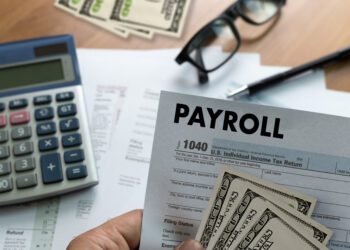Nearly a century ago, economist and Maryland congressman Clarence Long called the building industry “probably the most strategic single factor in making or breaking booms and depressions.” Since then, economists have tried to tease apart the complex relationship between housing markets and the economy.
A flurry of activity in housing often precedes economic downturns, from the Roaring ’20s through the 2008 Global Financial Crisis, points out Cameron LaPoint, an assistant professor of finance at Yale SOM. Real estate prices and sales volume also frequently reach a climax a few months before the stock market peaks in economic expansions. But, despite these links, understanding of the relationship has been hampered by a lack of comprehensive, long-run data on local housing market activity. LaPoint set out to solve that problem, for himself and his fellow economists.
“Building permits give you a nice signal of investors’ beliefs about the local economy,” LaPoint says. “They reflect one’s thinking that having the option to build is valuable.” Across 100 years of data and 20 recessionary periods, these movements in local building permit activity consistently predict fluctuations in stock and bond markets. “It’s a connection between Main Street and Wall Street,” he says.
Building permit activity was predictably more volatile in cities and states in the southern U.S. that have more elastic housing supply—that is, places where developers have more flexibility to build when demand rises and pull back when it falls. Often in these places, land is more available, and regulations aren’t as strict; Atlanta, for example, is more elastic than San Francisco.
For financial regulators, volatile building permit activity in certain regions, and particularly in the South, could serve as an early warning for broader financial market instability. “This could help regulators identify when and where to focus attention to curb potential developer enthusiasm and overbuilding risks,” says LaPoint.
Read the full article here
By Cameron LaPoint and Deborah Lynn Blumberg / Courtesy of Yale Insights












